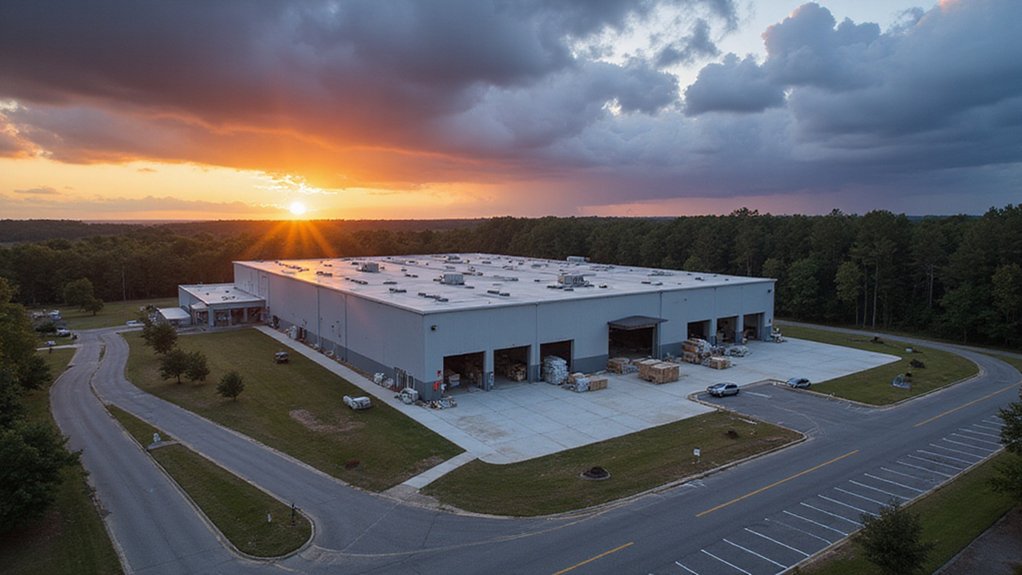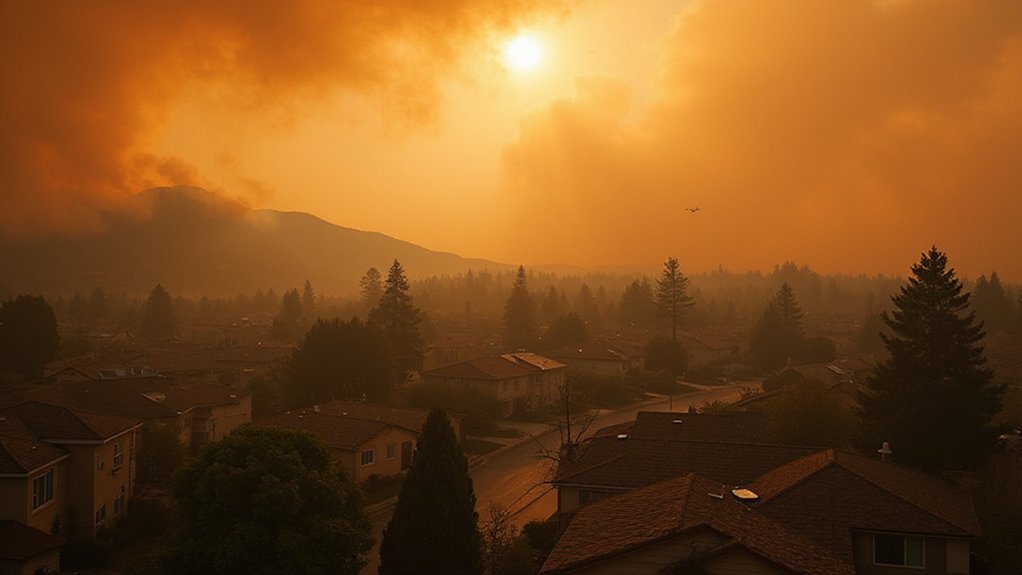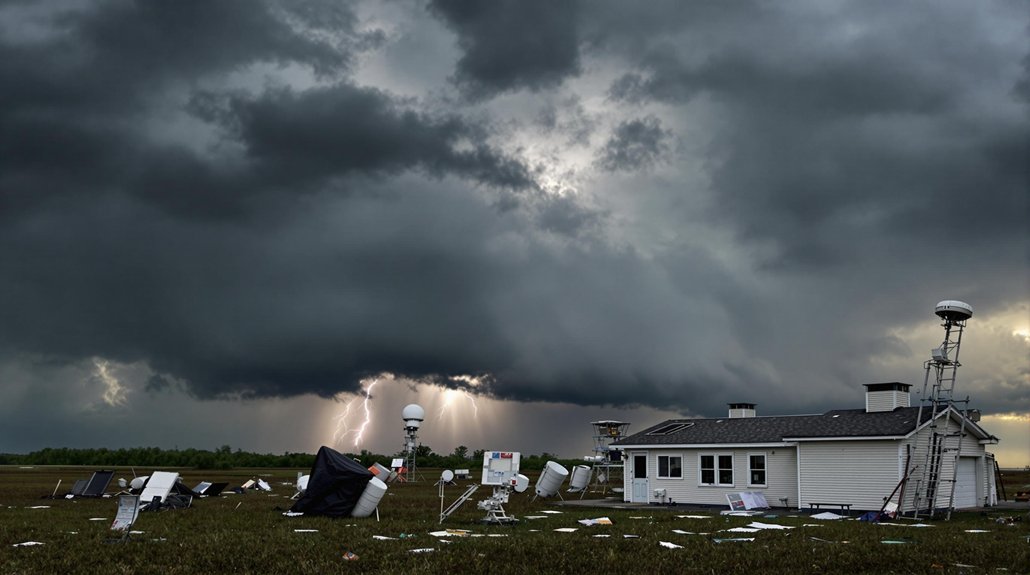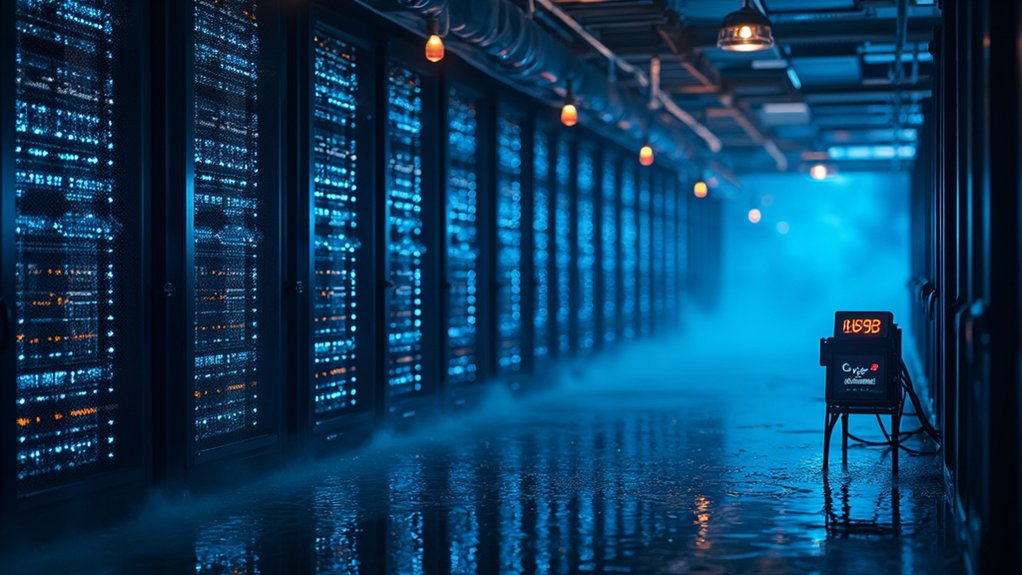Silfab Solar’s $100 million Fort Mill facility sits idle despite promises of 800 jobs. Local residents aren’t buying the company’s “safe chemicals” story, packing public forums to voice health concerns. Meanwhile, South Carolina lawmakers are eyeing tougher regulations for toxic-releasing facilities. The warehouse—now an expensive storage unit—was supposed to be operational by 2024. Guess those solar panels are collecting dust instead of sunshine. The economic versus environmental showdown is just heating up.

Controversy has engulfed Silfab Solar‘s ambitious plans for Fort Mill, South Carolina. The company submitted permits back in June 2023 to build what they’re calling their flagship U.S. manufacturing site—a massive solar cell and panel production facility. Sounds great on paper. Too bad hundreds of York County residents don’t see it that way.
The 786,000-square-foot warehouse sits eerily quiet right now. Thousands of solar panels and manufacturing equipment remain wrapped and idle, like expensive Christmas presents nobody’s allowed to open. The offices are set up and ready, but that’s about it. No construction, no production, just waiting.
Silfab announced this project with typical corporate fanfare—800 high-paying jobs, $100 million in fancy “green financing,” and a chance to reduce America’s dependence on Asian suppliers. York County officials practically salivated at the economic boost and tax revenue potential. Who wouldn’t?
Well, the neighbors, for starters. They’ve shown up in droves at public forums, citing concerns about toxic emissions from solar manufacturing. Not exactly the kind of thing you want wafting over your backyard barbecue. The SC Department of Environmental Services is reviewing the application, particularly regarding air quality compliance.
Meanwhile, community groups are questioning everything from chemical handling to proper industrial zoning. Despite Silfab’s assurances that their processes use safe chemicals comparable to household products, residents remain unconvinced. Despite plans to be operational by 2024, Silfab’s project now faces uncertainty from multiple angles. New legislative proposals could impose stricter regulations or completely alter the permitting process for facilities deemed high-risk for toxic releases. The comparison to Silfab’s Washington state operations isn’t exactly reassuring skeptics.
The warehouse transformation into a solar manufacturing plant hinges entirely on regulatory outcomes and community pushback. Silfab secured the site to capitalize on supportive U.S. policies for domestic solar production, but they apparently didn’t factor in local opposition.
For now, the Fort Mill facility remains in limbo—a multimillion-dollar storage unit filled with potential but paralyzed by controversy. The machinery gathers dust while legislators, regulators, and residents determine its fate.









